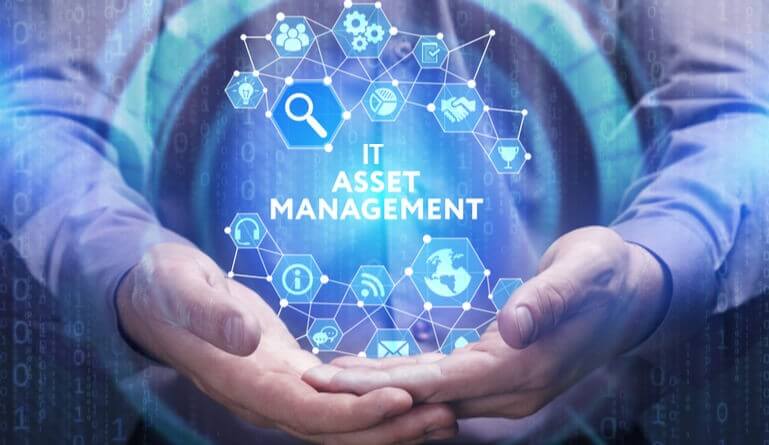By Steve Dunnigan
The top objectives of ITAM (IT asset management)are to efficiently govern, administer, and reconcile an organization’s IT resources. Audits and compliance have long been the primary focus of ITAM teams. But in today’s rapidly changing tech landscape, as cloud and SaaS capture growing portions of technology spend, a new approach to ITAM is required in order to thrive in contemporary hybrid IT environments.
The Flexera 2021 State of ITAM Report draws on feedback from 461 global IT professionals who participate in and manage ITAM and software asset management (SAM) processes in organizations of at least 1,000 employees.
Their responses shed light on the state of the digital enterprise, the impact of the COVID-19 pandemic, and the specific challenges and opportunities of ITAM in Europe.
( Also Read: What is Digital Asset Management? )
Drawing on findings from this report, the following four steps will help European CIOs and cloud/ITAM teams navigate the current IT environment and align their efforts with strategic, innovative IT initiatives.
-
Know your organization.
Effecting organizational change is difficult. Success depends on tailoring initiatives to the specific needs and structures of the individual enterprise while keeping in mind the context in which it operates. Organizational structures in Europe differ from those in the rest of the world.
For example, in Europe, a greater percentage of ITAM teams (30%) report to the CIO/CTO than is the global average (25%). ITAM teams interact closely with other functions; globally, infrastructure management (as reported by 55% of all respondents) is the top area of interaction, but procurement is the leading area of interaction for European ITAM teams (as reported by 58% of respondents there).
Be mindful, too, of the top priorities for the organization and the ITAM team. In Europe, the top responsibilities of SAM teams include the discovery of software in uses, responses to audits, tracking software on-premises, and maintaining inventories of software use.
The top metrics for SAM success in Europe are “hard” savings on software and accurate license positions (tied at 47% each), whereas accurate license positions are the top metric of SAM success globally (as reported by 51% of all respondents).
The top SAM initiatives for the coming year align to savings; optimizing and saving on software spend and reclaiming underused/unused licenses (reported by 64% and 45%, respectively, of European respondents).
Globally, cost optimization efforts (including license reuse and savings in vendor negotiations) proved to yield more savings for SAM than did audits. Savings are also driven by software rationalization and harvesting, which are emphasized by European SAM teams.
-
Know your IT landscape.
You can’t effect change and save money unless you have clear visibility into and understanding of your IT landscape. This helps prepare you for the eventuality of a vendor audit. On average, organizations experience 2.3 vendor audits in a 3-year period.
Microsoft, Oracle, and IBM are the top three vendors by which survey respondents, both globally and in Europe, were audited. In Europe, where SAP is more common than it is globally, SAP audits take place at a higher rate than is the case in the rest of the world.
-
Anticipate challenges.
Waste in software spend is real—and significant. Globally, self-estimated wasted spend was reported at 28% for desktop software, 24% for data center software, and 23% for SaaS. And regardless of the maturity of ITAM teams, optimizing software use to save money is a top challenge.
In Europe, the challenges of software asset management are more pronounced than they are global. With the exception of audits (reported as a SAM challenge by 61% of all respondents, but 55% of European respondents), all challenges are reported at higher levels in Europe than overall.
The complexity of vendor use rights (cited by 85% of European respondents) is the most common challenge, followed by dealing with SaaS, cloud, and containers (83%), optimizing software use to save money (83%), improving the maturity of SAM practice (82%), lack of SAM resources (78%), and SAM not being seen as strategic (65%). Recognizing the challenges your ITAM team faces can help you plan for and overcome them.
-
Identify where you are on your journey.
Understanding your IT landscape today is hard, but it’s also just the first step. European organizations are somewhat behind (64%) the global average (69%) for indicating that optimizing/saving on software spend is a top SAM initiative for the coming 12 months.
Such an effort, which goes beyond simply knowing what an organization possesses, is and will continue to be significant. This and other savings initiatives (reclaiming underused/unused licenses, improving SaaS management, and tracking/optimizing public cloud spend will help you not just meet today’s needs, but plan for tomorrow.
The coming year is sure to present novel challenges. It’s already clear that COVID-19 is impacting SAM. In Europe, 52% of respondents indicate that the pandemic is increasing the organization’s focus on cost savings for 2021, 50% report an increase of optimizing for cost avoidance, and 45% will have an increased focus on incorporating the impact of work from home (WFH).
Other challenges, yet unknown, are likely to appear. Organizations that know where they are on their journey and are well prepared for it will be the best prepared to not only adapt to the challenges but to thrive.
Steve Dunnigan is a Flexera vice president, EMEA.







